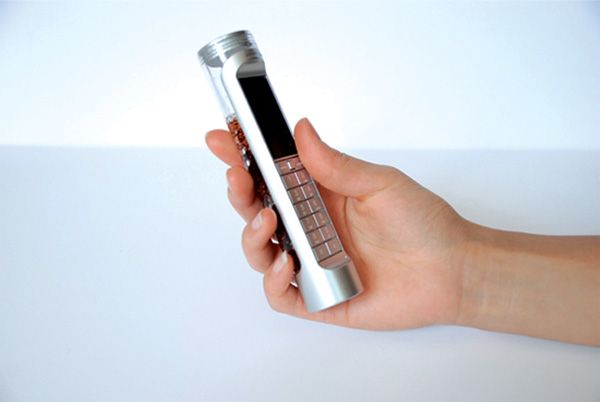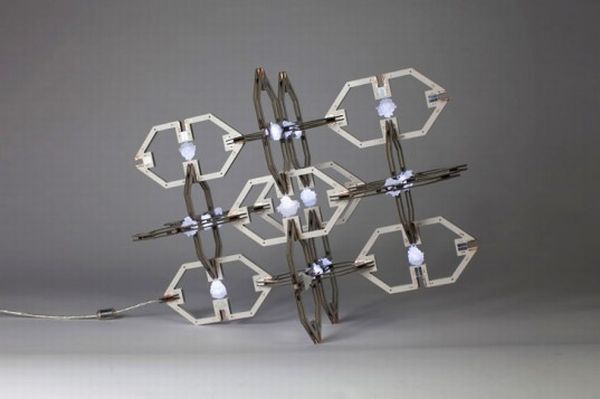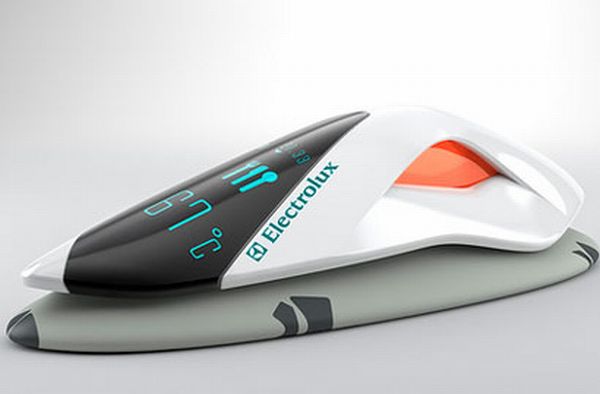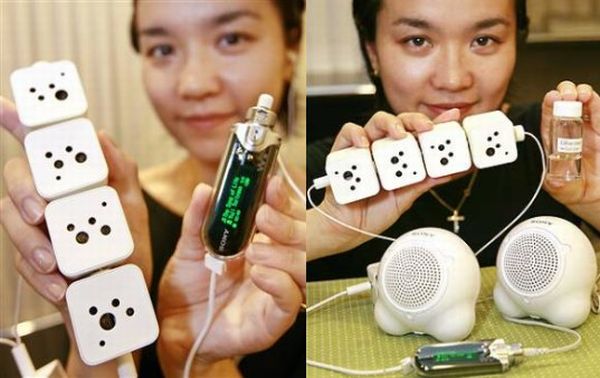
We have seen a number of green gadgets running on kinetic, solar and wind energy in the past, but have you ever thought of charging your mobile phone with sugar. The idea might sound strange to many, but scientists have already been successful in exploiting the power of sugar and turn it into electricity. With the rising environmental concerns, there is an urgent need to find such unconventional alternative sources of energy. In 2007, Sony developed a bio battery that made electricity from sugar and since then, different companies and designers have been working to exploit the neat idea of using sugar as a power source for the gadgets. Let us have a look at few of them after the jump.
Sony Bio-Battery
Few years back, Sony developed a new kind of battery called âbio batteryâ to provide juice for the electronic gadgets. The bio battery is based on the work of Kyoto Universityâs Professor Kenji Kano and makes use of enzyme sources to convert the energy of carbohydrates, amino acids etc. into usable electric power. The bio fuel cell consists of a container that is divided into two chambers for anode and cathode. The anode is made of sugar-digesting enzymes and Vitamin K3 as a mediator, whereas; the cathode is made of oxygen reducing enzymes plus Potassium Ferricyanide as a mediator. On the introduction of sugar the anode draws out the hydrogen ions and electrons from it and then travels towards the cathode through the cellophane separator to combine with oxygen and produce water. By this process electric energy is produced that powers the attached electronic device like your cell phones.
Sugar-powered phone concept
Last year, Chinese designer Daizi Zheng presented a concept mobile phone Nokia, which was powered by sugar. The mobile was designed to get its juice from sugary beverages like Coca Cola. Unlike conventional phones, which use lithium ion batteries, this sugar-powered phone uses an eco-friendly power source, bio battery that is also biodegradable and runs much longer on being charged for a single time. The bio battery makes use of carbohydrates that is sugar and also uses enzymes to speed up the production of electricity. This new cell phone would only require a cold drink or juice that will charge the mobile phone much faster and while the battery runs out, oxygen and water are the only residues left behind.
Crystallized Sugar LED Lamp
Who would have thought that ordinary sugar crystals could be expended as a sustainable resource to power lamps? But, Woon Jon Lee has implemented this concept in creating the Stardust Lamp, which was exhibited in the Milan Furniture Fair. The designer makes use of sugar and LEDs, both of which are ecological choice for lighting. He crystallized the LEDs in sugar by inundating the LEDs under sugar- water concentrate. After 10 days when the sugar crystals were settled around the LEDs, the crystals were arranged together to create an unconventional, modular yet elegant structure to form the illuminating lamp. The crystallised sugar lamp is designed to give a sweet and special ambience to the room. The modular design lets the user to change the shape of the lamp, varying with the requirements.
Eco-friendly RC Car
Now, your child wonât have to plug in to charge the batteries of his remote control car for playing. Japanese toy makers Takara Tomy has manufactured a new type of remote controlled car that is fuelled by sugary drinks. The “ene Bio Engine”, as the car is known, is powered by the sugar powered battery, which was developed by Sony recently. This bio- battery has already been used in various applications like portable MP3 players, mobile phones etc. and now it is being employed in the RC cars. The soda is the new and eco friendly resource for power generation. The small car is powered by sweet beverages securing your child from any electric shock that he might get from electric sockets while recharging the battery of the car. The bio- batteries that until now powers small toy cars may possibly be powering actual cars in future.
The Snail Portable Cooking Device
âThe Snailâ has been designed by Peter Alwin of National Institute of Design in India. His portable heating and cooking device can adhere to any pot or pan or even a glass like a snail and can heat the food constituents inside pretty faster, unlike the snail. The design is based on the process of magnetic induction. The coil that carries out the induction process gets its power from a high density sugar crystal battery converting the energy of carbohydrates to heat up the coil. The food types that is required to be heated up is observed by the integrated sensors, hence adjusting the temperature and time and the entire procedure is monitored on a touch sensitive display. Peter Alwinâs design was honoured with the first place in the Electrolux Design Lab competition held in 2010.




